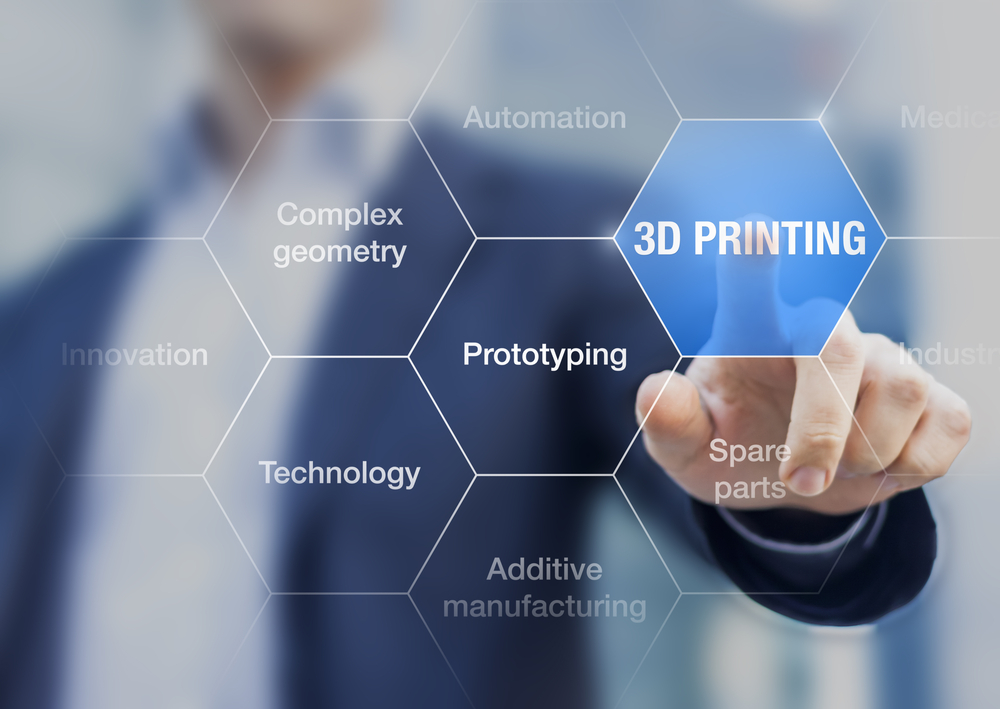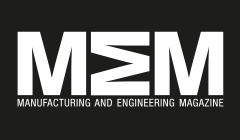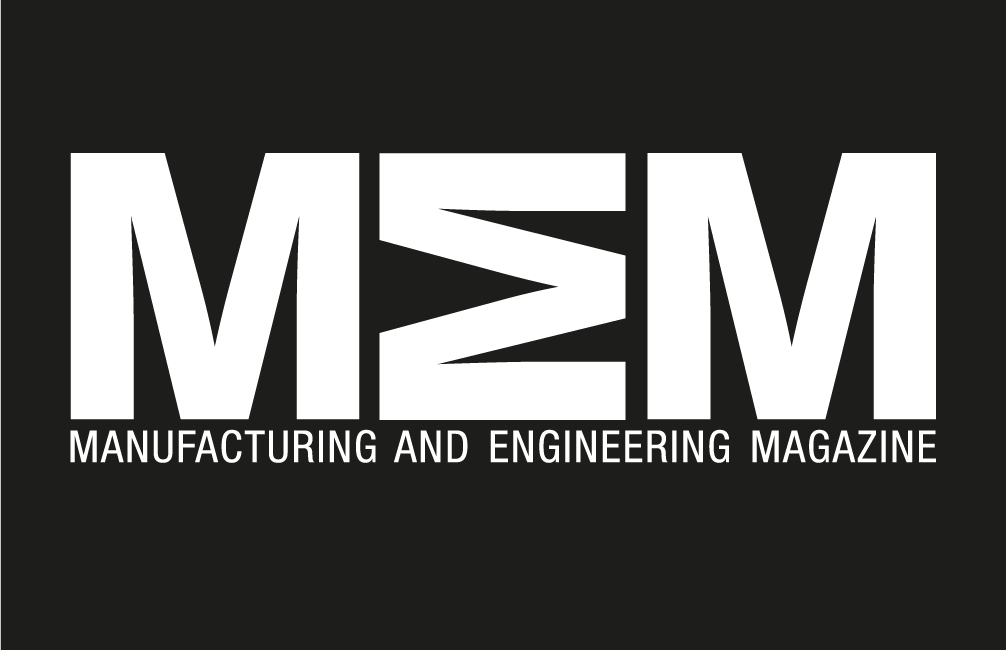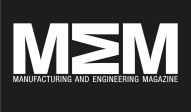Stratasys Showcases 3D Printing Breakthrough with the Launch of J750 Printer

The worldâs largest manufacturer of 3D printing systems, Stratasys, has announced it could be onto a pioneering breakthrough in additive manufacturing technology having developed a machine capable of multi-operations. The machine, the international firm reports, is the first able to produce a wide variety of products of varying complexities and sizes, perhaps marking the start of a more viable AM future. Established is 1989, Stratasysâ long history of innovation began with the invention of fused deposition modelling (FDM). Since then, the company has gone on to create amongst the best and most capable AM solutions in the world, regularly employed in the construction, pharmaceutical and automotive sectors. The Stratasys J750, released today, promises rapid manufacture of products in a single print without compromising on either detail, specification or colour. In addition to greater competencies and the ability to accommodate a wider range of materials, the printer is estimated to cut current times achieved by 3D printing technology by up to 50%. It comes as good news in light of recent sales statistics for AM which showed 3D printing is not only widespread across sectors but is now worth in excess of $4bn. The industry experienced a 35% hike in revenue in 2014 and has, over the last three years, grown 34%. The process and technologies are thus becoming more mainstream and, since Stratasys has found a means with which to speed up and improve the practice, it could well be a commonplace method of production in the near future. The companyâs J750 is however not yet capable of manufacturing the final product and will only be employed during the prototyping stage of production. Nevertheless, with prototyping accounting for between 5%-10% of production costs, the machine will poses significant advantages in lead times, precision and cost for businesses â and their clients. A number of firms have already expressed interest in Stratasysâ newest 3D printer. While some have lauded it as a mode with which to increase profitability, others have praised its colour-printing capacity â the most accomplished in todayâs AM market. And as the company continues to develop new 3D printing technologies, it mightnât be long before we realise a fully 3D future from which even the most celebrating manufacturers stand to gain.
Aerojet Rocketdyne Creates Rocket Engine with 3D Printer

US-based rocket and missile propulsion manufacturer, Aerojet Rocketdyne has successfully conducted a number of what is called hot-fire tests of its newest rocket engine, the first to be produced by 3D printing technology. The RL 10 upper-stage rocket engine features a core main injector constructed by additive manufacturing technology and is hoped to pave the way for widespread use of the technology in the aerospace and defence sector. Formed in 2013 at the merger of Aerojet and Pratt and Whitney Rocketdyne, Aerojet Rocketdyne has fast become a leader in the aerospace and defence sector, building of the wealth of experience its compatriot businesses bring. The company manufactures and supplies propulsion and energetics to the space, missile defense and strategic systems, tactical systems and armaments areas, in support of domestic and international markets. Testing of its latest rocket engine was carried out alongside the RAMS programme, a research project conceived by the US Air Force and NASA’s Glenn Research Center. The research is geared toward showcasing the potential of additive manufacturing, particularly as it used to manufacture complex components fit for large rocket engines. Eileen Drake, CEO and President of Aerojet Rocketdyne said that the incorporation of additive manufacturing, i.e. 3D printing, was a key strategy in the companyâs growth and would help to deliver more affordable products while not compromising of the every time accuracy needed by the sector. Selective laser melting (SLM) was employed to create the core main injector. It involves using a high-powered laser beam to fuse powered metal together to produce complex, detailed parts. The state-of-the-art manufacturing process produces amongst the most durable components possible which are, of course, perfectly-suited to the extreme conditions to which rocket engines are privy. This is by no means Aerojet Rocketdyneâs first flurry in additive manufacturing and the company has already developed a range of products using the technology. The RL 10 however marks the companyâs most complex use of the technology and is good vision of what the future may like for both the US company and the sector more broadly.



